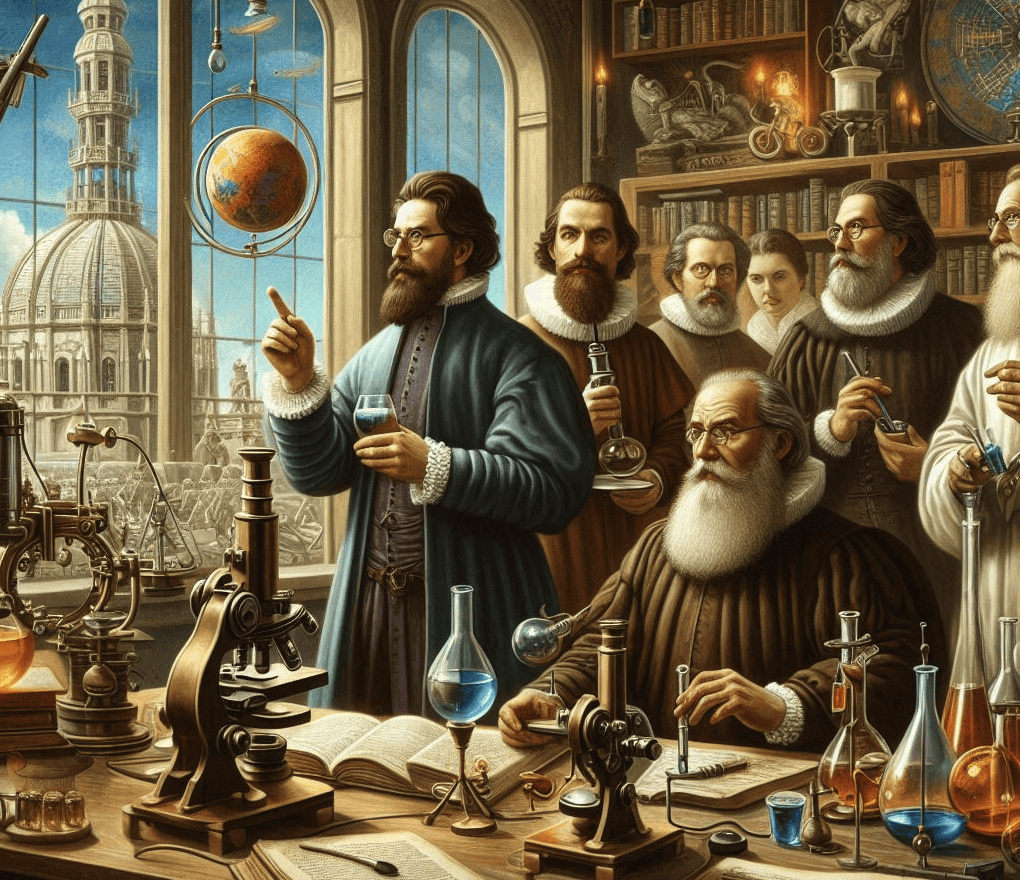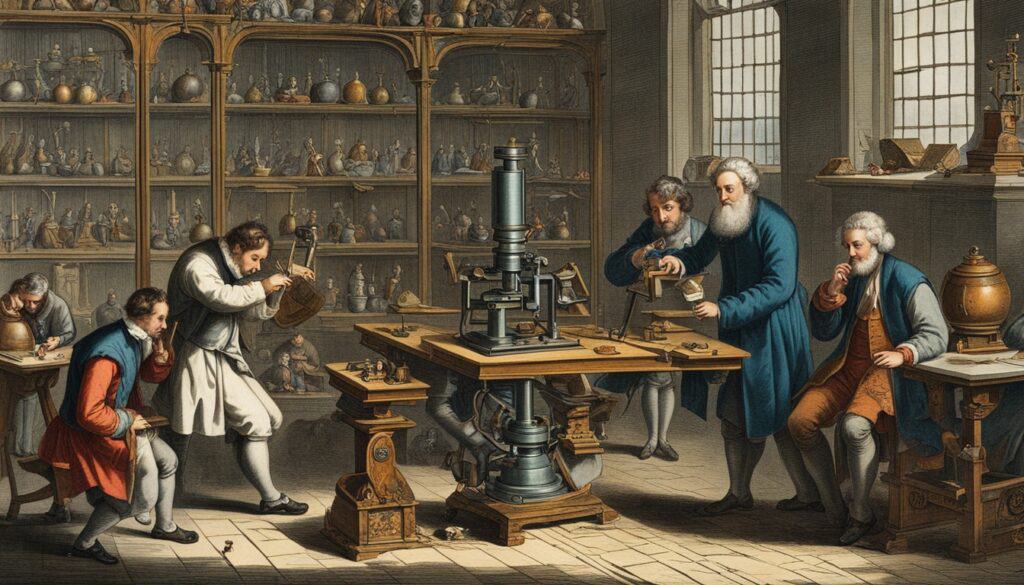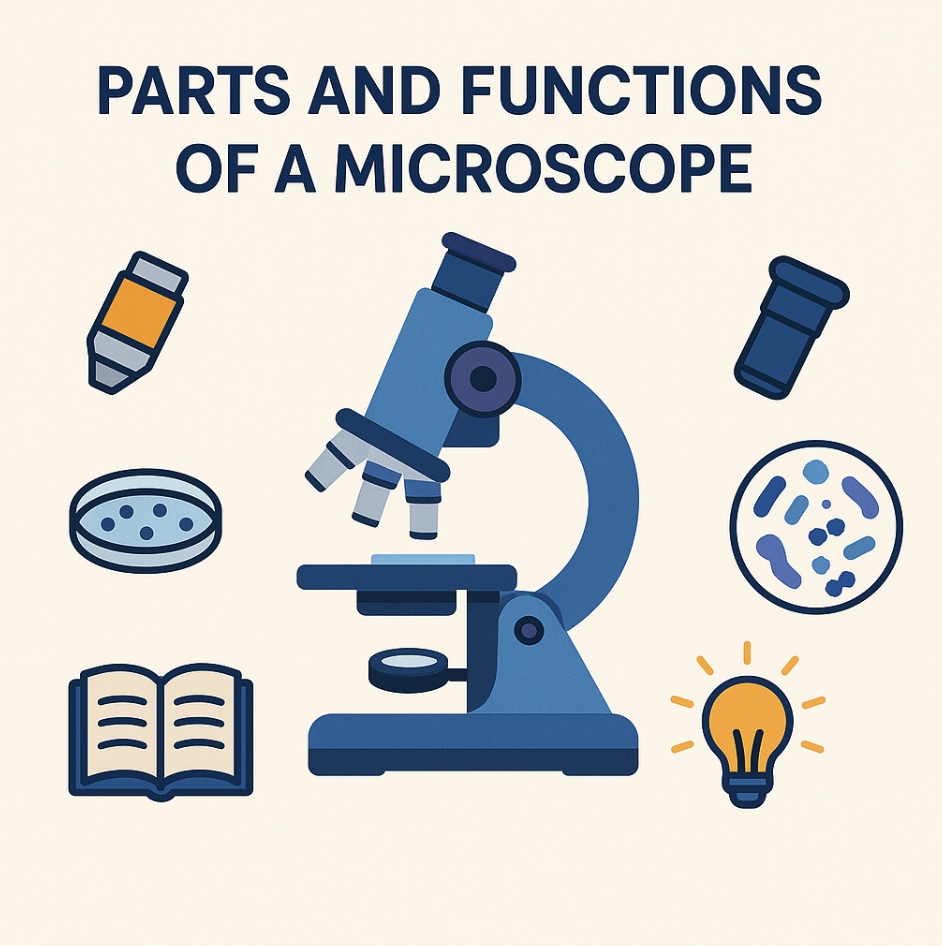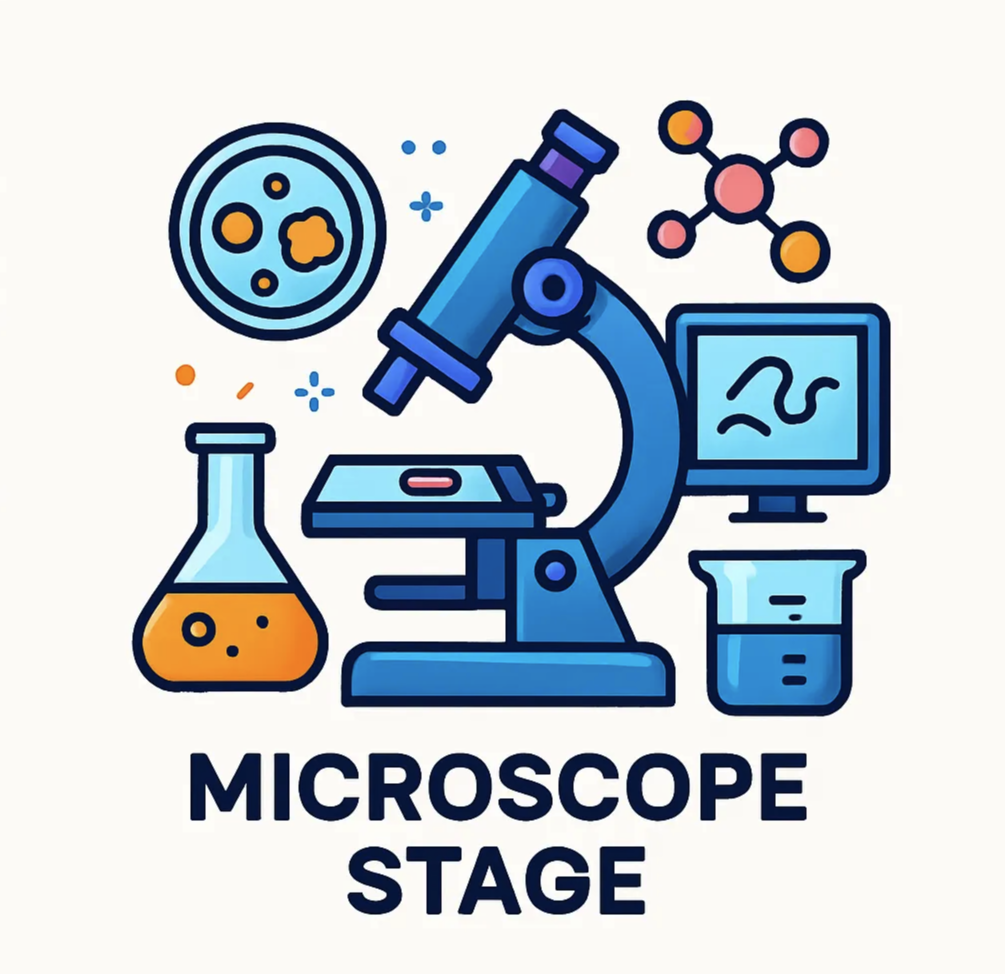
Microscopes have revolutionized science and medicine, allowing us to explore worlds beyond the limits of human sight. The question of who invented the microscope remains somewhat ambiguous due to conflicting historical records.
So Who Invented the Microscope?
The invention of the microscope has been a big topic of debate. Many historians and scientists are trying to determine who actually invented it. They look into historical records and scientific evidence which helps them explore different theories on who the inventor could be. Zacharias Janssen, a Dutch spectacle-maker, is one candidate. He is thought to have made significant contributions to the development of the microscope in the late 16th century.
Yet, some historians believe that Hans and Zacharias Janssen collaborated on it. They believe this father-son team might have made the compound microscope around 1595. Another key figure is Anton van Leeuwenhoek, a famous Dutch scientist. He didn’t invent the microscope first, but he improved its design a lot. With his single-lens microscopes, Leeuwenhoek could see things at high magnification. He was the first to see microscopic organisms. His work changed biology forever.
Hans Lippershey, another Dutch optician, is also mentioned in historical accounts. He is more famously known for filing the first patent for a telescope in 1608, but some historians argue that he may have also been involved in the early development of the microscope.
Lippershey’s work in lens crafting and his simultaneous inventions in the same town as the Janssens add to the complexity of attributing the invention to a single individual.
| Inventor | Timeline | Contributions |
|---|---|---|
| Zacharias Janssen | Late 16th century | Development of compound microscope |
| Hans Lippershey | Early 17th century | Invented the first practical telescope |
| Anton van Leeuwenhoek | 17th century | Refinement of microscope design, groundbreaking microscopic observations |
Early Concepts and Precursors
Ancient civilizations, including the Egyptians and Greeks, used simple lenses to magnify objects. The Greeks, for instance, utilized lenses made from polished crystals to magnify texts. These early magnifiers laid the groundwork for more sophisticated instruments.
Medieval scholars further developed these ideas by using reading stones and spherical lenses that magnified the text on manuscripts. These stones, often made of quartz, improved the readability of documents and illuminated the potential for more advanced optical tools. The invention of spectacles in the late 13th century marked a significant advancement. Italian craftsmen created lenses that corrected vision, thereby indirectly influencing the development of microscopes.
The evolving understanding of lenses and light refraction during this period set the stage for future breakthroughs.
| Period | Notable Contributions | Key Figures |
|---|---|---|
| Ancient | Use of polished crystal lenses | Egyptians, Greeks |
| Medieval | Reading stones for text magnification | Monks, Scholars |
| Late 13th c. | Invention of spectacles | Italian Craftsmen |
The Birth of the Compound Microscope
In the late 16th century, Hans and Zacharias Janssen, Dutch spectacle makers, are often credited with inventing the first compound microscope. Their design combined multiple lenses to achieve greater magnification. However, some historical records suggest other contributors may have played a role, indicating a collaborative and somewhat unclear origin. Around the same time, Galileo Galilei made significant improvements to early microscope designs. He constructed his own microscopes, enhancing their focusing mechanisms and achieving better image clarity.
| Inventor | Contribution | Year |
|---|---|---|
| Hans & Zacharias Janssen | Often credited with the first compound microscope | Late 1500s |
| Galileo Galilei | Enhanced focusing mechanisms | Early 1600s |
Advancements in Microscope Technology
Antonie van Leeuwenhoek, a Dutch tradesman, took microscopy to new heights in the 17th century. Using single-lens microscopes he crafted himself, Leeuwenhoek achieved magnifications far beyond what his contemporaries could. His meticulous craftsmanship allowed him to create lenses with unprecedented clarity.
Leeuwenhoek’s discoveries included bacteria, sperm cells, and blood cells. He documented these findings in detailed letters to the Royal Society of London, sparking widespread interest and validation of his work. His contributions earned him the title “the Father of Microbiology.” Robert Hooke, an English scientist, also made substantial contributions during this period. He improved the compound microscope and published “Micrographia” in 1665, a groundbreaking work that included detailed drawings of his observations.
Hooke’s discovery of the cell in cork slices laid the foundation for cell theory and modern biology.
| Scientist | Notable Discoveries | Key Publication |
|---|---|---|
| Antonie van Leeuwenhoek | Bacteria, sperm cells, blood cells | Letters to Royal Society |
| Robert Hooke | Discovery of cells, detailed micrographs | “Micrographia” |
Modern Microscopy
The 19th century saw further advancements in microscopy. Joseph Jackson Lister improved lens quality, reducing chromatic aberration and enhancing image clarity. These improvements made microscopes more reliable and accessible to researchers, significantly expanding their use. The 20th century brought the development of the electron microscope, a significant leap that allowed scientists to view objects at the atomic level.
This new technology used electron beams instead of light, achieving much higher magnifications and resolutions. Electron microscopy opened new frontiers in material science, biology, and medicine. Modern microscopy techniques continue to evolve. Fluorescence microscopy uses fluorescent markers to highlight specific structures within cells, while confocal microscopy provides three-dimensional images.
Super-resolution microscopy pushes the boundaries even further, allowing scientists to observe structures at the nanoscale.
| Era | Key Development | Impact |
|---|---|---|
| 19th Century | Achromatic lenses | Enhanced image clarity |
| 20th Century | Electron microscope | Atomic level visualization |
| Modern | Fluorescence, confocal, super-resolution | Advanced biological and material sciences |
Impact of the Microscope on Science and Medicine

Microscopes have had a profound impact on science and medicine. In biology, they have enabled the study of cell theory, genetics, and molecular biology. The ability to observe cells and microorganisms has transformed our understanding of life at a fundamental level. Medical breakthroughs, including the diagnosis of diseases and the development of treatments, owe much to advances in microscopy.
Doctors can now examine tissues and cells with greater detail, leading to more accurate diagnoses and treatments. Techniques like biopsy analysis and blood cell counting rely heavily on microscopy. In material sciences, microscopes have facilitated discoveries in nanotechnology and the properties of materials. Scientists can study the atomic structure of materials, leading to innovations in electronics, materials engineering, and nanotechnology. These advancements have far-reaching implications for technology and industry.
| Field | Major Impact | Examples |
|---|---|---|
| Biology | Cell theory, genetics, molecular biology | Discovery of cells, DNA structure |
| Medicine | Disease diagnosis, treatment development | Cancer diagnosis, blood tests |
| Material Sciences | Nanotechnology, material properties | Semiconductor development, nanomaterials |
Rounding Up
The creation and development of microscopy have revolutionized how we comprehend the biological realm. Beginning with the initial work of Janssens and Galileo through the pioneering findings of Leeuwenhoek and Hooke, and continuing with the technical progress of the 1800s and 1900s, microscopes have emerged as essential instruments in scientific research and medical practice.
The legacy of these inventors continues to inspire ongoing innovations in microscopy, ensuring that this vital instrument remains at the forefront of scientific discovery.


